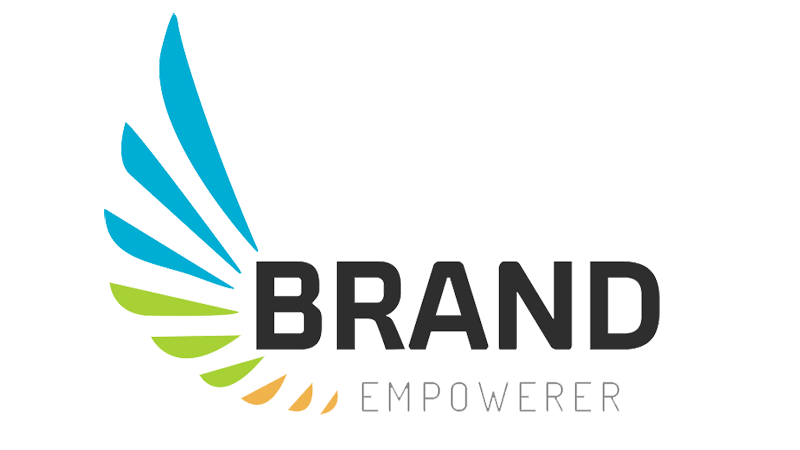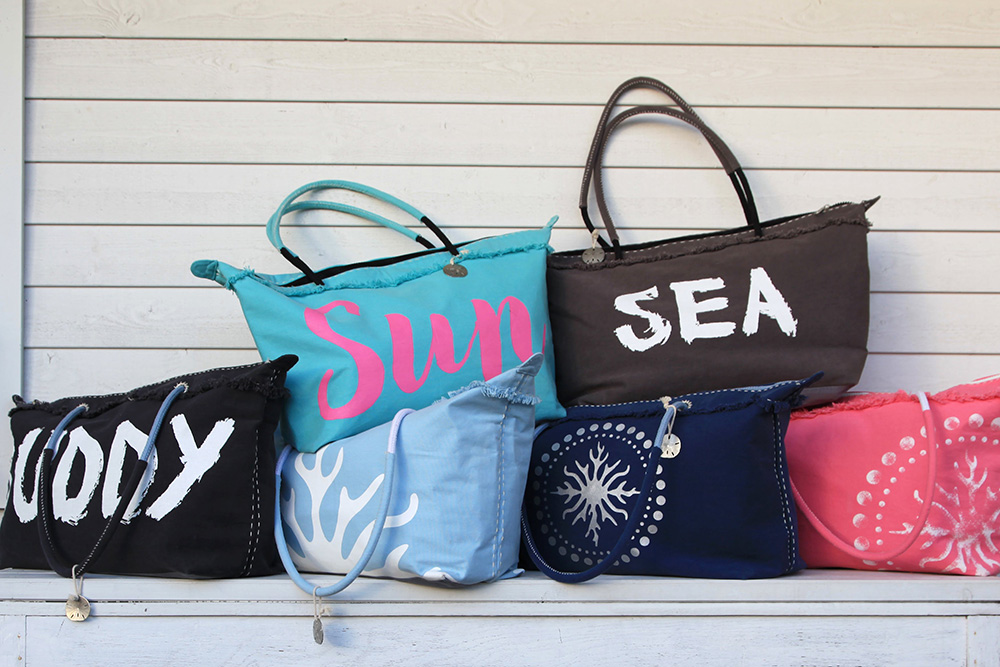0102030405
How To Private Label Your Products
2023-12-27 11:47:15

What is a Private Label?
Private label brands are products produced by a manufacturer that feature a retailer's logo or design and are sold under the retailer's brand name. As a representative of the retailer, it plays a key role in cultivating brand loyalty. By putting your private label and branding on generic products, you can effectively differentiate them from other products, making it easier for consumers to identify and choose your products. When your products have great design and quality, consumers are more inclined to purchase them at a higher price and remain loyal to your brand. This helps differentiate your products from those of similar competitors and retailers.
How to Private Label Your Product and Packaging?
Understand the costs of private labeling
It’s important to understand your initial startup costs before delving into a private label. Private labeling is more expensive than reselling or drop-shipping. However, this input of capital generally results in a higher return on your investment in the long run.
• Manufacturing
You’ll have to pay for typical production costs like materials, manufacturing, labor, and shipping. You’ll also need to take into account the customization fee. Most factories will charge a fee to customize a product with your logo, packaging, or specifications.
• Brand
You’ll also need capital to design your brand itself. You’ll likely want to hire a graphic designer to build your logo and package design. You may also want to build a content strategy to emphasize your brand’s voice.
• Marketing
A major aspect of private labeling is marketing. Customers don’t know about your brand, so you need to spread awareness to become more visible. Marketing like sponsored and boosted posts can create a significant expense. You will likely also need to pay for a website builder and domain name.
Choose the products you want to sell
• Classification and search
When reviewing all products, look for products that rank below 1,000 and have fewer than 1,000 reviews to confirm market saturation. Evaluate your competitors and strive for average or below-average quality. Poor descriptions and inadequate product images from competitors can work to your advantage.
• Comparison and selection
You may have to compare what’s selling well on Amazon to some of the “hot” sellers on eBay to get the best picture of how a product is doing online. Mostly though, it involves doing a lot of research to find the right product that both speaks to you and your potential customers.
• Change and expansion
You have the flexibility to switch products if the initial product you sell isn't successful or if you want to change direction. The focus shouldn’t be on a single product, but on using product research as a way to understand your industry and niche. Consider including some related products that align with your brand. For example, if you sell handbags, consider adding wallets to your product line. If your products include scarves and gloves, consider expanding the range to include other accessories.



Define your target market
• Market Segmenting
After market segmentation, the sub-markets are more specific, which makes it easier to understand the needs of consumers. Enterprises can determine their service targets, namely the target market, according to their own business ideas, policies, production technology, and marketing strength. In the segmented market, information is easy to understand and feedback. Once the needs of consumers change, enterprises can quickly change their marketing strategies and formulate corresponding countermeasures to improve their adaptability and competitiveness.
• Market Targeting
Who is your ideal customer? Who is most likely to purchase your specific product?
This will help you determine the types of products you’ll sell and how you’ll market those products. The customer is the key to your market and your brand.
Why choose your target market? Because not all sub-markets are attractive to the enterprise, any enterprise does not have enough human resources and capital to meet the whole market or pursue excessively large goals. Only by exploiting its strengths and circumventing its weaknesses can it find the target market that gives play to its existing advantages.
Find a supplier
An important part of private labeling is working with a strong supplier. Your manufacturer should have experience with private labeling so they can help you turn a profit on your goods.
Many overseas factories will make a generic products for a number of clients and customize those products with private labeling packaging. For example, you work with a supplier who makes water bottles and T-shirts. They have 10 clients who sell water bottles, each with their own unique logo printed on the bottles. The factory will usually charge a customization and packaging fee.
Ideally, you should look for a manufacturer that does not sell directly to customers. Using ones that only sell through third-party vendors (like you) means the market is likely less saturated with those products.
Build the brand
You’ve positioned yourself, created a differentiator, and found a supplier. Now it’s time to start building your business. You need to:
Copyright name and logo
Set up website
Create a social media presence
Form an LLC
Try to keep the logo simple. Adding a bunch of colors and intricacies into the design will both cost you additional money for printing and likely not show up well when scaled to smaller sizes. There are several websites available where artists offer their services to design the logo for you.
After spending all this time creating your brand and product, you should consider spending a few minutes protecting it. Look into what it takes to copyright your name and logo. Creating an LLC (limited liability company) may save you some headaches down the road.
Conclusion
Developing a private label is an effective way to make your products and brand stand out in the fierce competition in e-commerce. By building a strong brand, you can sell off-brand products while developing a loyal customer base. Look for products that have limited competition but are already performing well. After conducting thorough research on the product, find a reliable manufacturer that offers OEM services. Arrange initial sample orders with manufacturers and negotiate pricing and shipping. Build a brand, logo, and infrastructure that can transcend your initial product and the eBay and Amazon platforms. Finally, create a compelling listing to bring your product to the market. Obviously, creating your own private label is not a shortcut to wealth and immediate success. Like most worthwhile endeavors, it takes time, planning, and sometimes a little luck. The key is to be patient, focused and detail-oriented.







